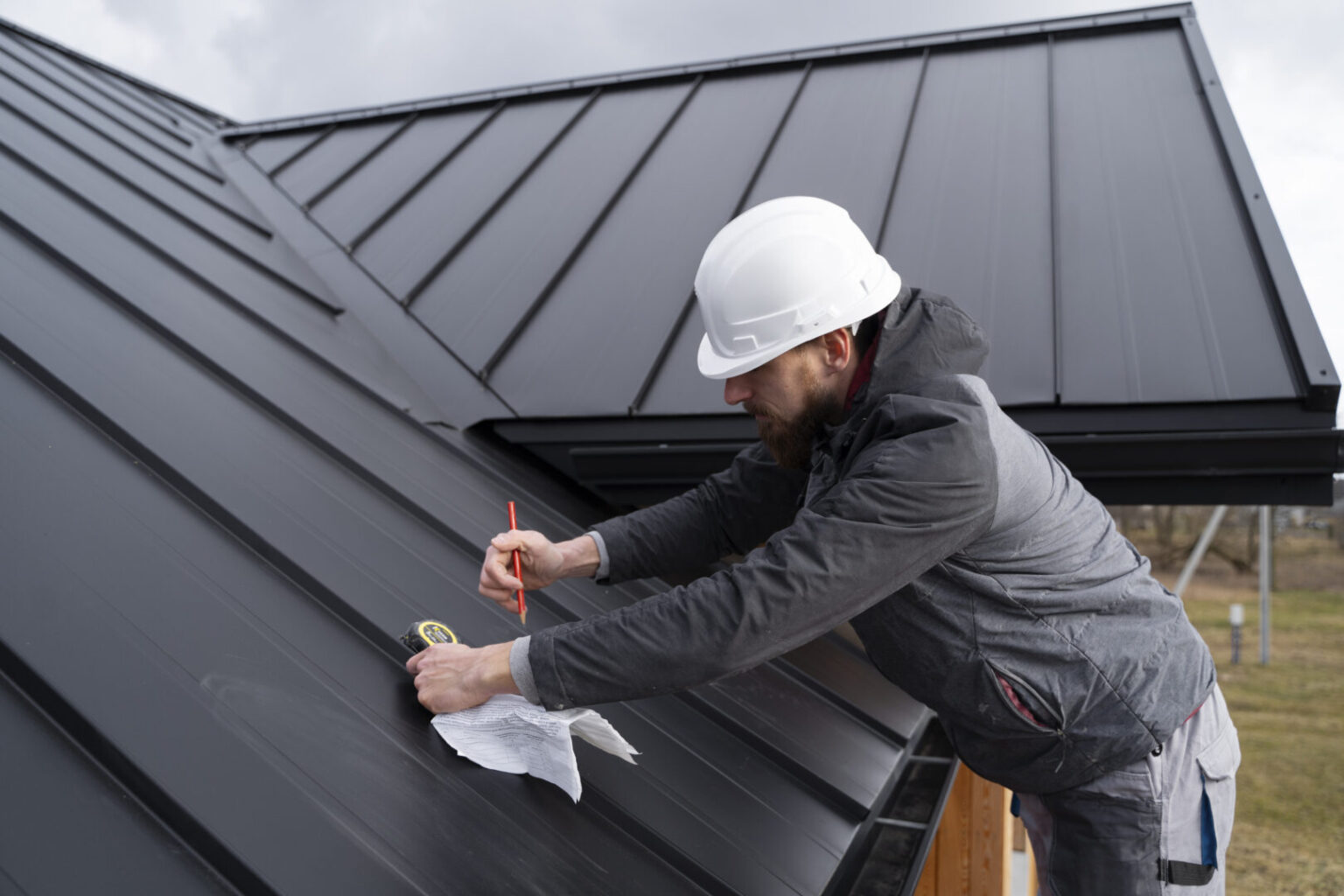Understanding Roof Ventilation: A Comprehensive Guide

Roof ventilation plays a crucial role in maintaining the health and efficiency of your home. It may not be the first thing that comes to mind when considering home improvement, but ensuring your roof is properly ventilated can save you from costly repairs, improve energy efficiency, and enhance indoor comfort. In this article, we will explore the importance of roof ventilation, how it works, and what you need to know to ensure your roof is properly ventilated. Understanding Roof Ventilation.
What Is Roof Ventilation?
Roof ventilation is the process of regulating air movement in and out of your attic space or roofing system. It involves a balanced combination of intake vents, typically located at the soffit or eaves, and exhaust vents, usually placed at the roof ridge or gable ends. The purpose is to create a continuous flow of air, which helps regulate temperature, moisture levels, and overall air quality in your attic and roof structure.
Why Is Roof Ventilation Important?
- Temperature Regulation: Proper ventilation helps reduce heat buildup in the attic during hot weather. Without ventilation, temperatures in the attic can rise to extreme levels, which can cause your air conditioner to work harder, increasing energy consumption and utility bills. During the winter, ventilation prevents warm air from your living spaces from becoming trapped in the attic, which can cause ice dams on the roof and damage shingles.
- Moisture Control: Condensation can form in the attic when warm, moist air from your home meets the cooler surface of the roof decking. Over time, this moisture can lead to mold growth, rotting wood, and deterioration of insulation. Effective ventilation allows moisture to escape, reducing the risk of damage.
- Extended Roof Lifespan: Excess heat and moisture are two of the biggest enemies of your roofing system. They can cause shingles to warp, crack, or deteriorate prematurely. A well-ventilated roof minimizes these risks, helping to extend the life of your roof and protecting your investment.
- Improved Indoor Air Quality: A properly ventilated roof helps to maintain better air circulation in your home, improving indoor air quality. By allowing fresh air to enter and stale air to exit, it helps prevent the buildup of harmful pollutants, allergens, and moisture that can negatively affect your health.
How Does Roof Ventilation Work?
Roof ventilation works through a process called natural convection. As warm air rises, it exits through the exhaust vents at the top of the roof, while cooler air is drawn in through the intake vents at the bottom. This creates a steady flow of air, ensuring that your attic space remains cool and dry. It's essential that the number of intake and exhaust vents is balanced to ensure efficient airflow.
Types of Roof Vents
- Ridge Vents: Installed along the peak of the roof, ridge vents allow hot air to escape from the attic naturally. They are a popular choice due to their low-profile design and effectiveness in promoting airflow.
- Soffit Vents: Located under the eaves of the roof, soffit vents provide the intake for fresh air. Paired with ridge vents, they create a continuous flow of air through the attic.
- Gable Vents: Installed on the sides of the home, gable vents can work with other ventilation systems to increase air circulation.
- Powered Vents: In some cases, powered attic vents or fans may be used to boost ventilation in homes where natural ventilation is insufficient.
Conclusion
Understanding roof ventilation is key to maintaining a healthy and efficient home. By regulating temperature, reducing moisture buildup, and prolonging the life of your roof, proper ventilation can prevent costly damage and improve overall home comfort. Whether you're building a new home or upgrading your current roof, ensure that your ventilation system is correctly installed and balanced for optimal performance.